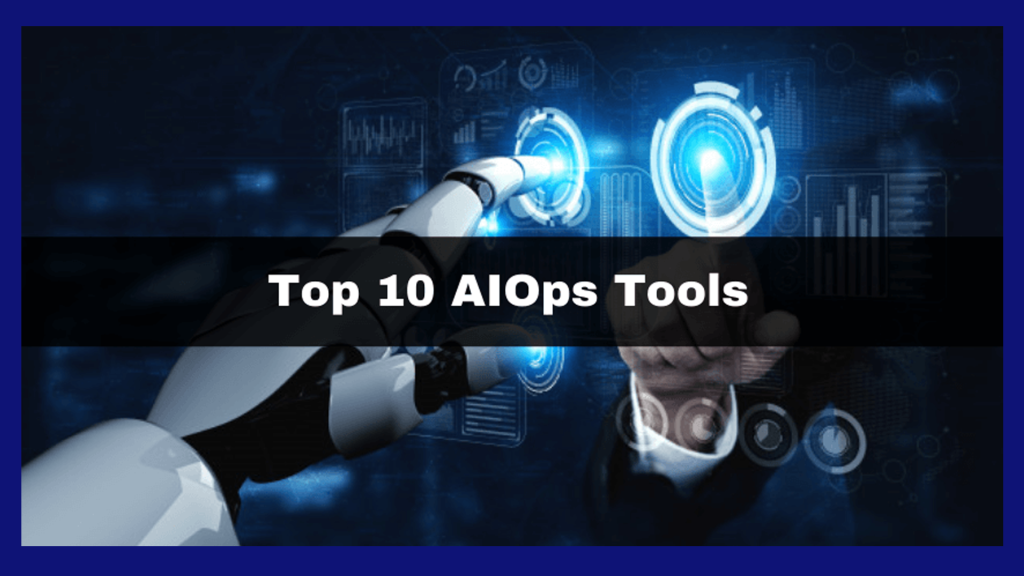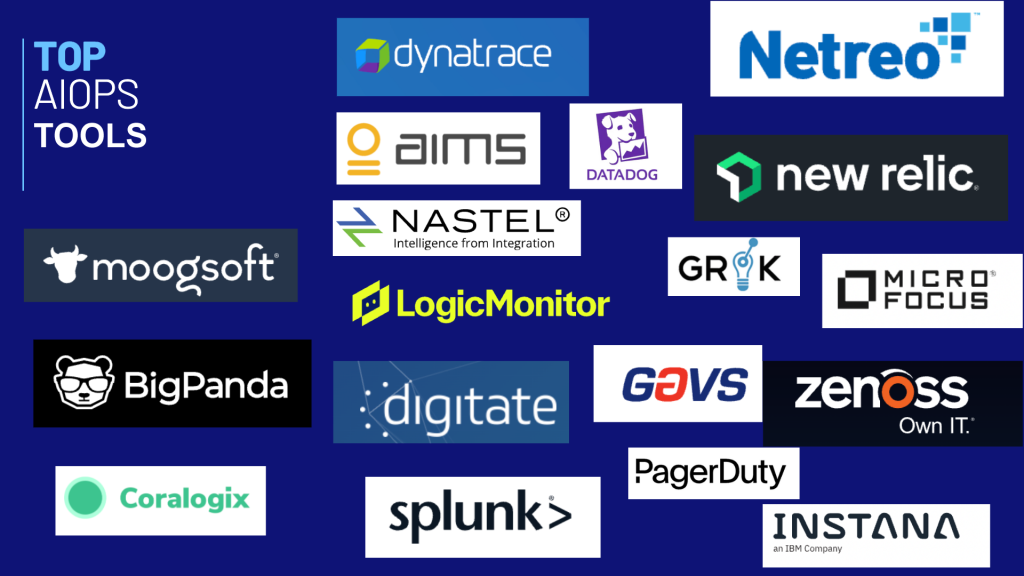Upgrade & Secure Your Future with DevOps, SRE, DevSecOps, MLOps!
We spend hours scrolling social media and waste money on things we forget, but won’t spend 30 minutes a day earning certifications that can change our lives.
Master in DevOps, SRE, DevSecOps & MLOps by DevOps School!
Learn from Guru Rajesh Kumar and double your salary in just one year.

What is Machine Learning?
Machine learning is an umbrella term for a group of techniques and tools that help computers learn and optimize themselves. Machine learning algorithms help AI learn without being explicitly programmed to take desired actions. By learning a pattern from a sample input, a machine learning algorithm makes predictions and acts based solely on the learned pattern, not on the basis of predetermined program instructions. Machine learning is a lifesaver in many cases where strict algorithms are not possible to apply. It will learn the new process from the previous pattern and apply the knowledge.
One of the applications of machine learning that we are familiar with is the way our email providers help us deal with spam. Spam filters use an algorithm to identify and move incoming junk emails to your Spam folder. Many e-commerce companies also use machine learning algorithms in combination with other IT security tools to prevent fraud and improve the performance of their recommendation engines.
How does Machine Learning Help us?
It helps through powerful processing. With the help of machine learning, systems make better decisions at higher speed and most of the time they are accurate. This technique is cheap to use and can analyze large and complex data sets.

10 Top Machine Learning
- PyTorch
- Amazon Machine Learning (AML)
- Scikit-learn
- Shogun
- TensorFlow
- Apache Singa
- Azure ML Studio
- Weka
- RapidMiner
- KNIME
1. PyTorch
PyTorch is a free machine-learning tool that can be used on a variety of cloud platforms. This machine tool works on a hybrid front-end and thus is easy to use. Torch-based Python machine learning library helps build neural networks using the Autograd module. It also provides a variety of optimization algorithms for building these neural networks.
2. Amazon Machine Learning (AML)
Amazon Machine Learning Tools is a cloud-based, machine learning software application. It is mainly used by developers around the world to build machine-learning models and make predictions. The best thing about it is that it can be used by web/mobile app developers of all skill levels.
3. Scikit-learn
Scikit-learn is a multi-purpose Python library, primarily used for data mining and analysis. It can be used in supervised and unsupervised algorithms for use cases in classification, regression, clustering, pre-processing, and model selection. Scikit-learn is supported by developers working in spam detection, image recognition, text classification, etc.
4. Shogun
Shogun is one of the most respected and oldest machine-learning libraries out there. Shogun was developed in 1999 and is written in C++. However, its functionality is not limited to working only in C++.
Shogun can be used transparently in a variety of languages and environments, including Python, Java, Ruby, C#, R, Octave, Lua, and Matlab. This is made possible through the SWIG library. Shogun is intended for unified, large-scale learning across a wide variety of features and learning scenarios, such as exploratory data analysis, regression, or classification.
5. TensorFlow
TensorFlow is another free machine learning tool in this machine learning tools list that helps you train and build your models. This tool provides a JavaScript library to aid in machine learning. Users can use TensorFlow.js, a model converter, to run existing models. This machine learning tool can be installed via npm or script tag. One of the disadvantages of this machine learning tool and framework is that it is a difficult tool for beginners to learn.
6. Apache Singa
Apache Singa is a comprehensive distributed deep learning framework that uses large datasets to train large deep learning models. It was designed using a simple programming model based on layer abstraction.
A wide range of well-known deep learning models is supported, including feed-forward models to energy models such as restricted Boltzmann machines (RBMs), convolutional neural networks (CNNs), and recurrent neural networks (RNNs). Users can choose from different underlying layers.
7. MLflow
MLflow is an open-source platform designed for managing the entire ML lifecycle (including experimentation, production, and deployment of ML models). It has three main components – Tracking, Project, and Model, each performing a unique function. MLflow has a number of built-in integrations such as TensorFlow, PyTorch Keras, Spark, H20.ai, Python, Java, R, Kubernetes, Docker, Azure ML, and Google Cloud. These can be very useful for building ML models tailored to specific needs.
8. WEKA
WEKA (Waikato Environment for Knowledge Analysis) is an open-source Java software containing a collection of machine learning algorithms for data mining and data exploration tasks. It is one of the most powerful machine-learning tools to understand and visualize machine-learning algorithms on your local machine. It has both a graphical interface and a command line interface. The only downside to this is that there isn’t much documentation and online support available.
9. RapidMiner
RapidMiner is a data science platform for teams that unifies data prep, machine learning, and predictive model deployment. It has a powerful and robust graphical user interface that enables users to create, distribute, and maintain predictive analytics. With RapidMiner, disorganized, unorganized, and seemingly useless data becomes enormously valuable because it simplifies data access and lets you structure them in a way that is easier for you and your team.
10. Accord.NET
Accord.NET is an ML framework for scientific computing. NET. It contains a number of image and audio processing libraries written in the C# programming language. The libraries are available in both source codes and can be accessed through executable installers and NuGet packages. The main areas of focus are statistics, machine learning, artificial neural networks, numerical linear algebra, numerical optimization, signal and image processing, and support libraries (for example, graph plotting and visualization).

Leave a Reply